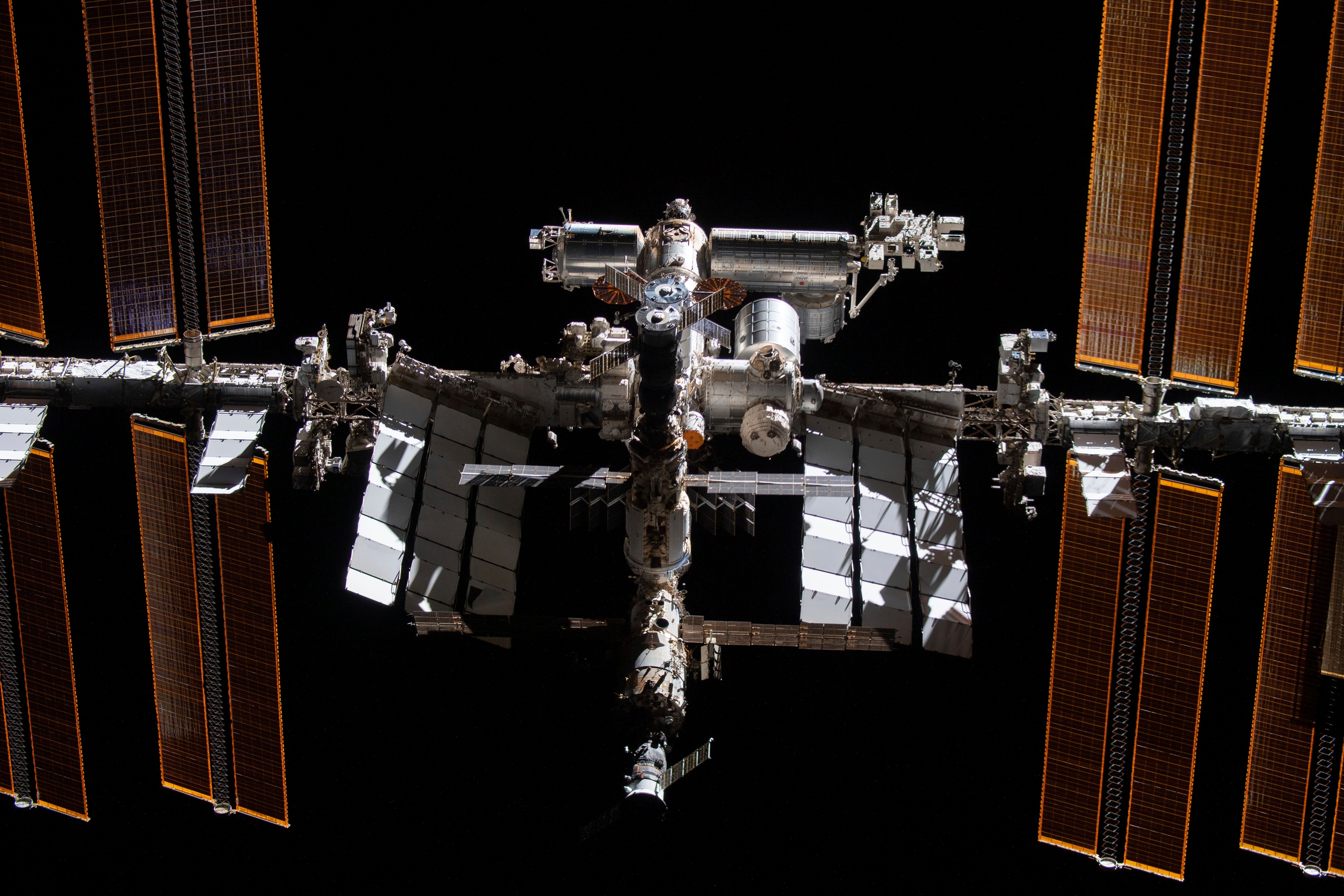Nasa is going to intentionally destroy the International Space Station. Why?
ISS will be 30 years old when it is bought down to Earth and destroyed

Nasa and other space agencies are going to destroy the International Space Station.
It is perhaps the crowning achievement of international space exploration. For 24 years, it has been the continuous home to a changing crew of astronauts who have conducted experiments that have informed future spaceflight as well as life down on Earth.
But those 24 years have also brought fatigue to the space station, and many of its components have become aged. A leak that was found in August 2020 has continued to cause issues, for instance.
In 2021, reports from Russia’s state news agency suggested that it was preparing to leave the space station. “Lately, reports about technical malfunctions have been coming more often,” officials said then, with the report indicating that “the timeframe of the station’s operations has expired and its condition leaves much to be desired”.
Nasa also has different plans for its work in space. It is moving towards supporting private space stations – such as those made by commercial company Axiom, which will actually send its first modules to the International Space Station and thenetach them.
The space station still has some time left: Nasa and other agencies have pledged to support it until 2030. But bringing down a floating lab that weighs 450,000kg and is the length of a football fan is a lot of work, and the space agencies need to start planning.
That is why Nasa has selected SpaceX to develop a vehicle that can attach to the space station and safely bring it down to Earth, with the contract worth $843 million. The spacecraft’s job will be to “deorbit” the ISS, and force it to break up in the atmosphere in a way that does not endanger the people below.
“Selecting a US Deorbit Vehicle for the International Space Station will help NASA and its international partners ensure a safe and responsible transition in low Earth orbit at the end of station operations. This decision also supports NASA’s plans for future commercial destinations and allows for the continued use of space near Earth,” said Ken Bowersox, associate administrator for Space Operations Mission Directorate at Nasa Headquarters in Washington.
“The orbital laboratory remains a blueprint for science, exploration, and partnerships in space for the benefit of all.”
Nasa is not alone in this work; destroying the space station is actually as international a process as building it has been. The space agencies of Canada, Europe, Japan, the US and Russia have been operating the space station since 1998, and it is they who are responsible for bringing it back down safely.
The ISS will not be the first large space station to be intentionally plunged down to Earth and destroyed. Notably, Russia’s Mir – at the time the largest and longest-lasting space station, until it was overtaken by the ISS – was intentionally destroyed in 2001, when it had reached the end of its life.
Mir gradually fell to a lower orbit before thrusters were used to push its orbit down closer to Earth. As it fell, it began to break up about 50 miles above Earth, with the debris falling as planned into the south Pacific.
In 2021, a similar fate came to Pirs, a Russian module that was added to the International Space Station. In need of more room, mission controllers decided that it would be detached and then deorbited, falling into the atmosphere and breaking up.
Join our commenting forum
Join thought-provoking conversations, follow other Independent readers and see their replies
Comments
Bookmark popover
Removed from bookmarks